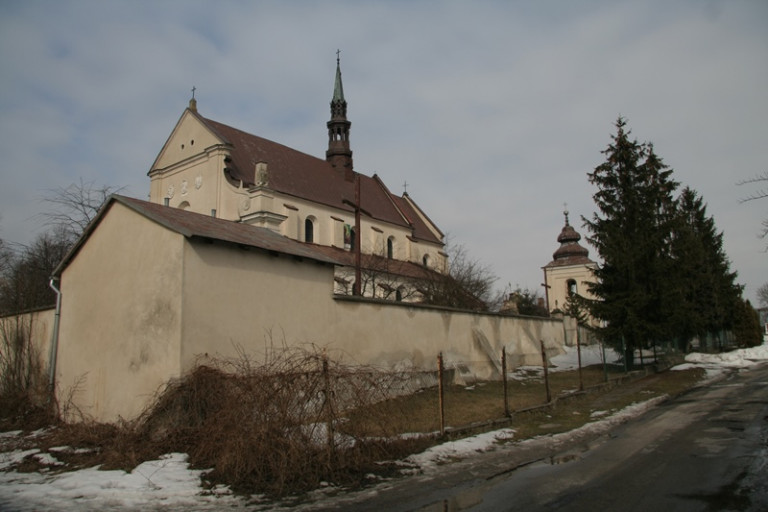
Raków – a renaissance town
It is a small town with rich history. The founder of Raków chose a charming location – among forests, meadows and ponds. In this matter, nothing has changed since then.
In the Middle Ages, in the place of today’s Raków, there were only endless sandy fields and humming forest. This wilderness became more civilised and populated when Jan Sienieński of the Dębno coat of arms, who was the Żarnów castellan an a devoted believer of John Calvin theories, established the town of Raków in 1567. The name was to commemorate his wife’s coat of arms – Rak (known also as Borowa, Warna or Warnia), depicting a crayfish. As the times of the tolerant king Zygmunt August (Sigismund Augustus) were famous for general activeness of various religious movements, castellan Sienieński gave the citizens of Raków numerous privileges and allowed for the freedom of religious beliefs. Due to that, Raków became popular among craftsmen, medicine-men and gentry, who came in crowds to settle here. The representatives of the Arian thought – called the Polish Brothers or Polish Brethren, who have also arrived here. The popularity and dynamic development of the place lead to establishing the Raków Academy and the town, which became known as the “Sarmatian Athens”, started hosting many prominent personas of the scientific society. For thirty years the academy had educated over 1000 young men of various nationalities, beliefs and material status. There was also an excellent print-house which printings were distributed around the whole continent. Unfortunately, in 1638 the wave of counterreformation brought an end to Raków as a cultural centre.
Nowadays, one can see only the remains of the town’s former splendour. One of them is the Church of the Holy Trinity, built in the place of an old Arian congregation. Other examples are: a small stone building from the 17th century – former a dwelling of the minister of the Polish Brethren Congregation and a Franciscan Church of St. Anna from the 1641. Other, completely preserved, building from the Arian times is the Prefect’s House, which now is a public library.



